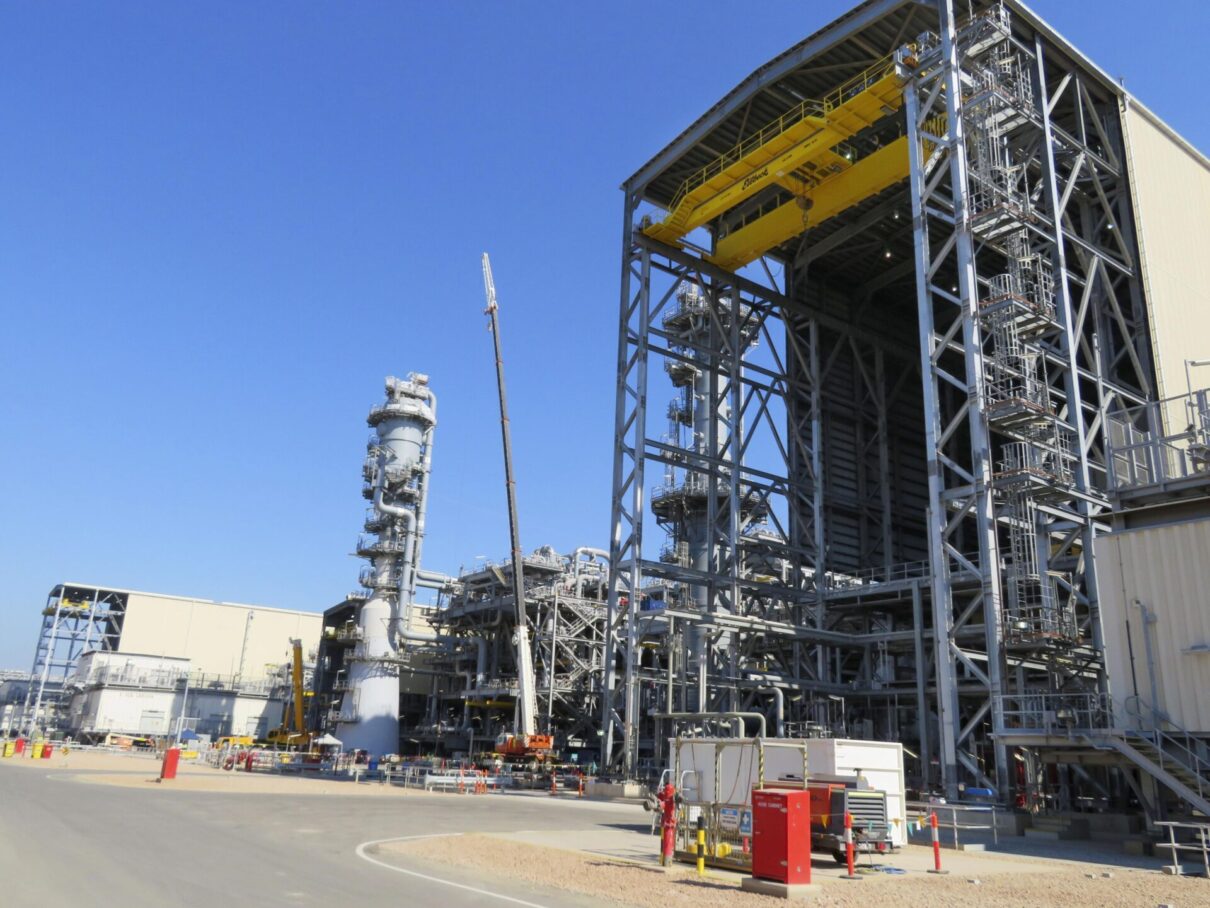Proposed LNG plant emissions equivalent to 12 coal-fired power stations

New research from the Australia Institute has found that the lifecycle emissions resulting from Tamboran Resources’ proposed Liquified Natural Gas (LNG) processing and export facility in the Northern Territory (NT) would be equivalent to 12 coal-fired power stations every year when operating at full capacity
The report also shows that the facility, which will be based at the Middle Arm “Sustainable Development Precinct” and use gas from the NT’s Beetaloo Basin, would result in domestic emissions equivalent to three coal-fired power stations every year.
The report comes as the NT Chief Minister, Natasha Fyles, told the National Press Club in recent days that gas was a reliable energy source on the pathway to transitioning from coal and oil. However, the Australia Institute’s report notes that Tamboran is not targeting its first LNG production until 2030.
Key points:
- The NTLNG facility aims to produce up to 20 million tonnes of LNG per year for export using gas extracted by hydraulic fracturing in the Northern Territory’s Beetaloo Basin.
- If the NTLNG reaches its claimed production targets, it will generate 81 million tonnes of lifecycle emissions annually.
- The annual lifecycle emissions resulting from the NTLNG project would be equivalent to the annual emissions of 12 Australian coal-fired power stations.
- At full capacity, the emissions in Australia would be the equivalent to the annual emissions of three coal-fired power stations in Australia.
- The NT Government has suggested that gas from Beetaloo will assist to meet energy demand in the Eastern states of Australia. The capacity of the Tamboran facility will be around 90% of the amount of gas projected to be produced across the Beetaloo Basin, suggesting that the gas from the Beetaloo is intended for the export market, not to meet domestic needs.
- In a May press conference the NT Chief Minister and Deputy Chief Minister suggested that the Beetaloo Basin development was necessary to displace coal-fired power in Australia.
“The misinformation from government and industry surrounding the Beetaloo Basin is alarming. Tamboran resources claimed that gas production in the Beetaloo will be the ‘single largest emissions reduction project in Australia’. This is just not true. It is physically not possible to reduce emissions while increasing emissions” said Polly Hemming, Director – Climate & Energy Program at the Australia Institute.
“The pilot stage of the NTLNG project alone would result in almost 7 million tonnes of lifecycle greenhouse gas emissions per year in Australia. That’s like building a new coal-fired power station in the NT. Once the project reaches full capacity it will be like building another two coal-fired power stations in the NT.
“If the NT were a country, it would already be the highest per capita polluter in the world, far higher than countries like Qatar, Saudi Arabia or Brunei. The NT prides itself as a tourist destination – unfortunately petrostate isn’t a very appealing slogan.
“Contrary to announcements by the NT and federal governments, fracking the Beetaloo Basin will deliver little in economic growth apart from an increase in multi‑national mining profits, with limited benefits for the wider community. What the Beetaloo gas development will deliver is an enormous increase in emissions, and further concentration of the NT economy into a single industry”
Related documents
General Enquiries
Emily Bird Office Manager
Media Enquiries
Glenn Connley Senior Media Advisor